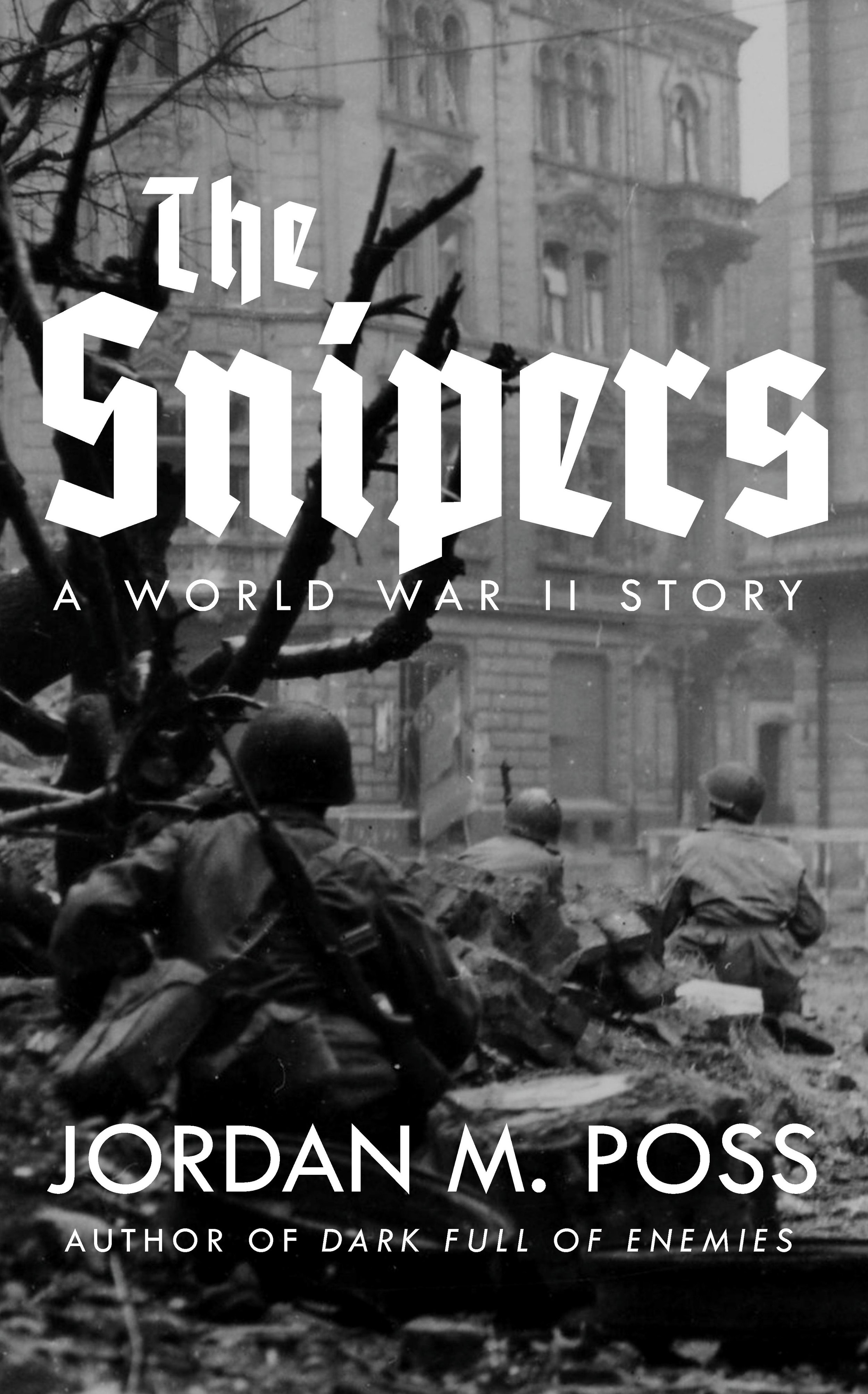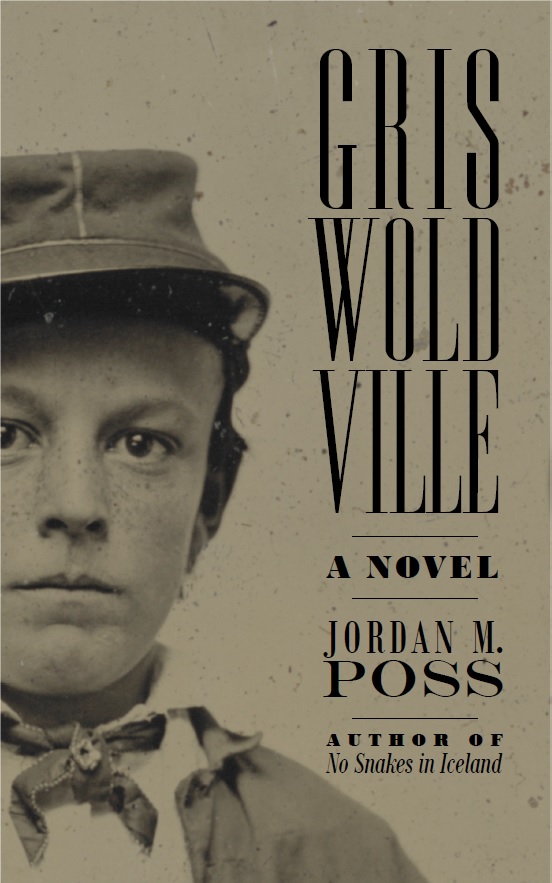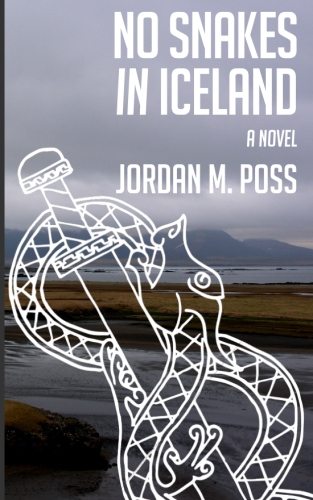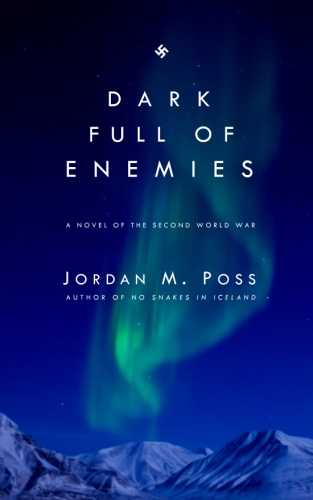The Hobbit on The Rest is History
/Earlier today The Rest is History debuted a new Friday feature, “book club” episodes in which the hosts will talk about favorite or otherwise worthwhile books. Dominic Sandbrook and producer Tabby got things off to a good start with a wonderful discussion of The Hobbit. Their insight into the book, Tolkien’s life, and the historical context—especially the First World War and the Somme—that informed his writing made for good listening, but hearing their personal histories with the book was a joy and their evident love for it infectious. Dominic thinks he was about six when he discovered The Hobbit; I was sixteen, as I’ve recently related. (Dominic is also exactly right that The Hobbit is one of those books where you always remember where and when you first read it.)
I enjoyed this discussion especially enthusiastically, as I just finished reading The Hobbit to my kids for the second time earlier this week, on the anniversary of Tolkien’s death in 1973. A couple of nice coincidences.
Or are they? Dominic quotes Gandalf’s wry and powerful final words in the book:
Surely you don’t disbelieve the prophecies, because you had a hand bringing them about yourself? You don’t really suppose, do you, that all your adventures and escapes were managed by mere luck, just for your sole benefit? You are a very fine person, Mr. Baggins, and I am very fond of you; but you are only quite a little fellow in a wide world after all!
This is, as Dominic suggests, a poignant reminder right at the end of the story of the breadth and depth of the world in which the story takes place, something palpable even to a young reader. But it’s also a hint of grace and providence in Middle-Earth. There are things afoot none of the characters can know much less comprehend, and they are more consequential than returning the King Under the Mountain to his throne or getting Mr Baggins home to his larders and spoons. Thanks to The Lord of the Rings we know some of what that is.
I was an adult reading The Hobbit for the nth time before I really grasped the import of Gandalf’s words. It was longer yet before I understood the humble wisdom—and accidental precision—of Bilbo’s reply: “Thank goodness!”
I also enjoyed Dominic and Tabby’s discussion of Smaug, who, in the novel, is more a silken Bond villain than the rather obvious, overdone villain in Peter Jackson’s movies, their noting the linguistic hint in the Sackville-Bagginses’ name that they’re striving and pretentious, and Dominic’s rightful critique of those who claim Tolkien’s moral vision is one of simplistic black-and-white. Tolkien believed in Original Sin and the Fall, after all, and had seen their results firsthand—not only in the trenches but in his own heart. Would that more modern novelists had that insight.
I’m a great fan of The Rest is History but I can’t recommend this episode enough. Do check it out on whatever podcasting platform you use. Their next read is The Handmaid’s Tale, which I’ll almost certainly skip out on, but I’m quite excited about this feature and loved this first installment.
I wrote about reading “Riddles in the Dark,” the best chapter in the book, to my kids early this summer, and reflected in more detail on my first reading of the book as a teenager for the fiftieth anniversary of Tolkien’s death two years ago this week. I’m also excited to say that, following some relatives’ recent trip to Switzerland, I have a German-language edition (Der Hobbit) on its way to me soon. A great way to brush up my German.





